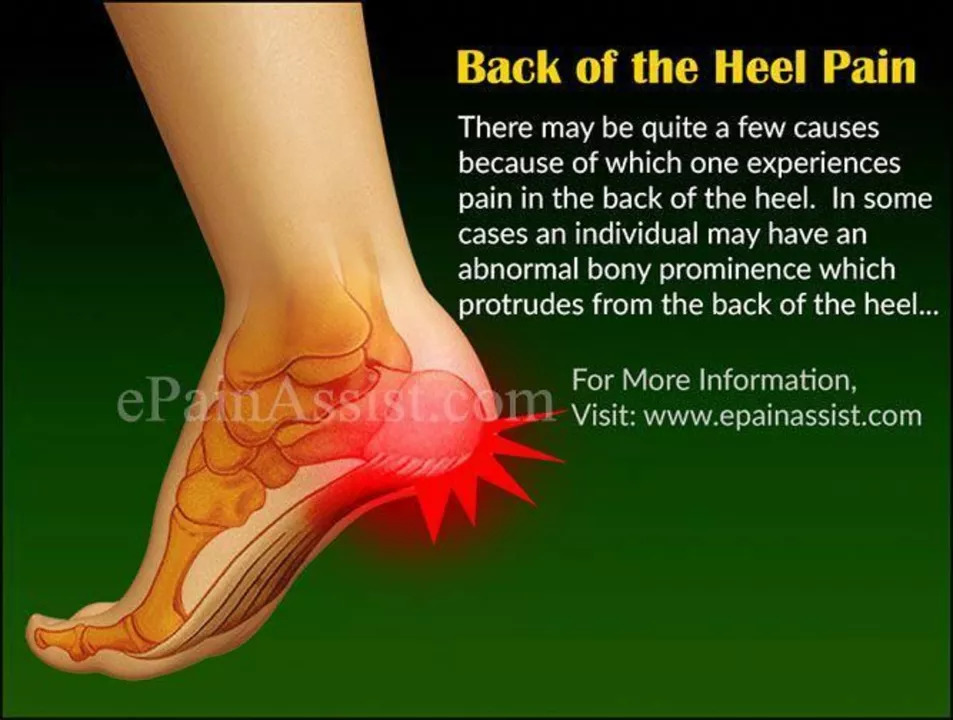Foot Pain Relief – Causes, Simple Tips & When to Get Help
If you’ve ever woken up with sore soles or felt a sharp sting after a walk, you know foot pain can ruin the day. The good news is most aches have easy fixes and only a few need a doctor’s visit.
Common Reasons Your Feet Hurt
First off, think about what you’ve been doing lately. Running on hard pavement often leads to plantar fasciitis, which feels like a stabbing pain under the heel first thing in the morning. Tight calf muscles can pull on the Achilles tendon and cause Achilles tendinitis, especially if you’ve added sprinting or hill work.
If the ball of your foot aches after standing, it might be metatarsalgia. This usually shows up when you wear shoes with thin soles or spend long hours on hard floors. Bony bumps like bunions or hammer toes create pressure points that turn everyday steps into uncomfortable pushes.
Even simple things like swelling from a sprain, an ulcer in diabetics, or arthritis in the joints can send pain up your arch or down to the ankle. Pinpointing the spot – heel, arch, ball, or side – helps narrow down the cause.
Everyday Strategies for Fast Relief
The fastest way to calm foot pain is the R.I.C.E. method: Rest, Ice, Compression, Elevation. Sit out of shoes for a few hours, apply an ice pack wrapped in a towel for 15‑20 minutes, and keep the foot raised above heart level if it’s swollen.
Stretching works wonders. Try a calf stretch against a wall – place your hands on the wall, step one foot back, keep that heel flat, and lean forward until you feel a gentle pull in the lower leg. Hold for 30 seconds and switch sides. A simple toe‑curl exercise (scrunch a towel with your toes) strengthens the arch muscles.
Choose shoes with good arch support and cushioning. Orthotic inserts are cheap and can redistribute pressure, especially if you stand all day. Avoid walking barefoot on hard floors; even a soft rug can cut down impact.
If the pain is more of a burning or throbbing sensation after activity, over‑the‑counter anti‑inflammatory meds like ibuprofen can reduce swelling. Take them with food and follow the label dosage.
For stubborn heel spikes, roll a frozen water bottle under your foot for a few minutes each morning. The cold massage eases tight fascia fibers and often reduces morning pain within days.
When to See a Professional
Most foot aches improve with the steps above, but watch out for red flags: pain that worsens despite rest, numbness, sudden swelling, or open wounds. Diabetics should get any foot sore checked right away because infections spread fast.
If you notice a limp that won’t go away after a week, or if walking is impossible, schedule an appointment with a podiatrist. They can order X‑rays, prescribe custom orthotics, or suggest physical therapy tailored to your issue.
Remember, your feet carry you through everything – giving them proper care now saves bigger problems later. Use the simple tricks here, listen to what your body tells you, and don’t hesitate to get professional help when needed.

Aspirin and plantar fasciitis: Can it help manage this common foot pain?
In one of my recent blog posts, I explored the potential benefits of using aspirin for managing plantar fasciitis, a common foot pain issue. It turns out that aspirin, a popular anti-inflammatory medication, can help alleviate pain and inflammation associated with plantar fasciitis. However, it's essential to remember that aspirin only provides temporary relief and should not be considered a long-term solution. I also highlighted the importance of consulting with a healthcare professional before starting any self-medication. Overall, while aspirin may offer some relief, it's crucial to address the root cause of plantar fasciitis through proper treatment and lifestyle changes.
Read More